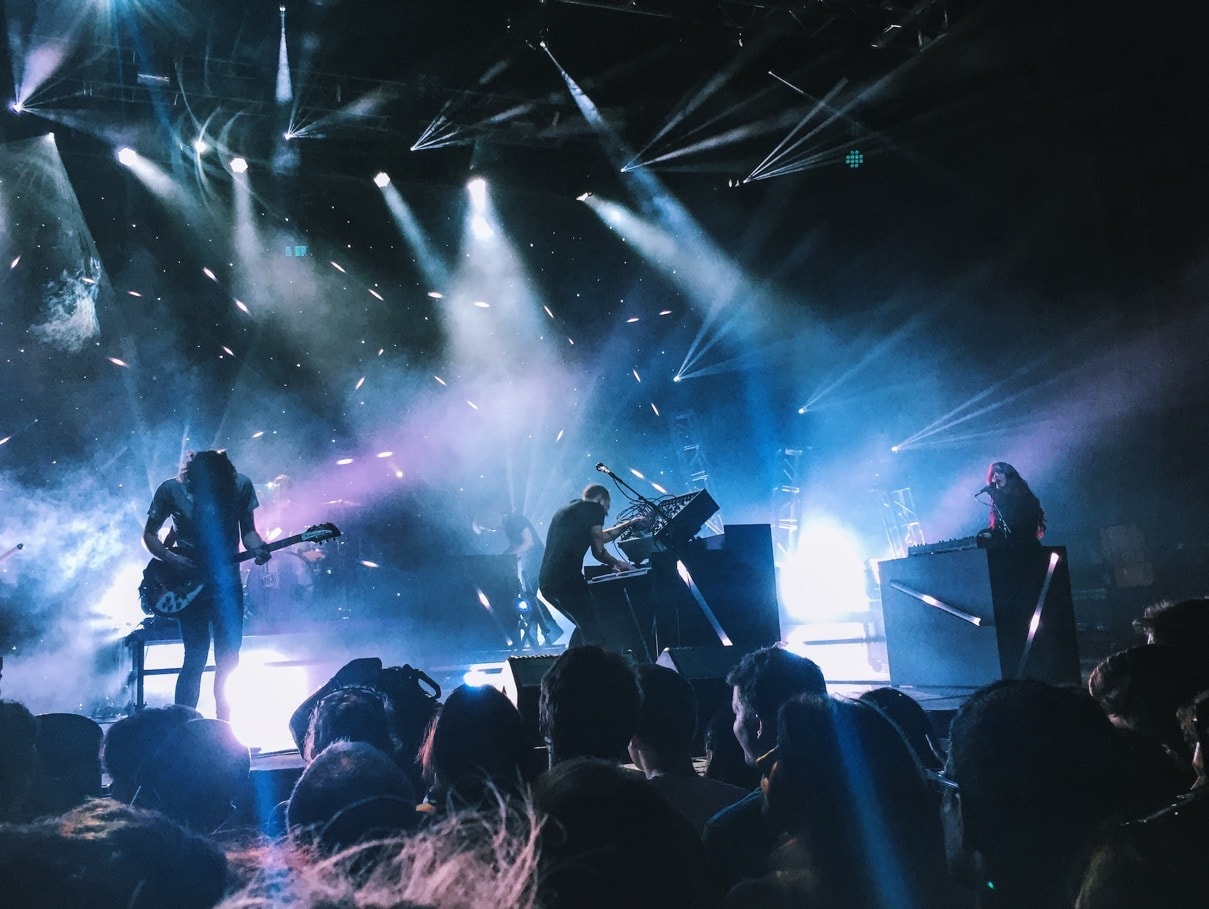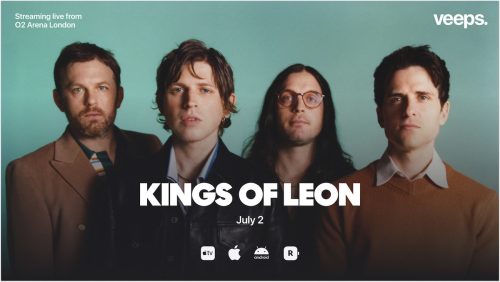
The music streaming landscape is facing a potential shift as Spotify, the industry leader, announces price increases and a revamped subscription structure. This move comes amid rising costs for artists and rights holders, prompting questions about its impact on both consumers and the music industry as a whole.
*darwinbeats earns a commission for products purchased through links included in this article.*
According to a recent Bloomberg report, Spotify will be implementing price hikes across several major markets. Individual subscriber plans are set to increase by $1, while family and duo plans will see a $2 bump. These changes will hit the UK, Australia, and Pakistan by the end of April, with the US expected to follow later in the year.
This decision isn’t entirely surprising. Spotify, like other streaming services, has faced pressure from artists and rights holders who argue the current payout model doesn’t sufficiently compensate them for their work. While Spotify’s user base continues to grow, profitability remains elusive.
One key reason for the price changes appears to be Spotify’s recent foray into audiobooks. Launched in late 2023, the service allows subscribers to access a limited library of audiobooks for free, included in their existing subscription cost. However, this move appears to have stretched the company’s finances.
To offset these costs, Spotify is introducing a new “Basic” tier priced at $11 per month. This tier will offer ad-supported music and podcasts, but exclude audiobooks. Users on this plan will need to pay extra if they want to access audiobooks.
(You might like: 80GB MP3 M503 Pro Spotify Player)
Furthermore, Spotify reportedly plans on introducing a “premium” tier offering high-fidelity audio at an even higher price point.
So how will this shakeup affect the music industry?
Firstly, higher prices could lead to subscriber churn, with some users potentially opting for free, ad-supported streaming services or abandoning streaming altogether. However, the new “Basic” tier might entice budget-conscious users to join the platform.
Secondly, the move reflects the ongoing tension between streaming platforms and artists. While the convenience of streaming has undoubtedly benefited consumers, concerns about artist compensation persist. Increased subscription fees could ultimately translate into a higher royalty payout for artists, but the exact details remain to be seen.
Thirdly, Spotify’s strategy could prompt similar moves from competitors like Apple Music and Amazon Music. These companies might follow suit with price hikes or introduce their own tiered subscription structures.
Finally, the industry might see a renewed focus on independent artists and smaller labels. If a significant portion of users opt for the ad-supported “Basic” tier, independent artists who rely less on traditional streaming revenue might be less affected.
Spotify’s price hike and tiered subscription plan mark a significant development in the music streaming landscape. While the impact on both consumers and artists remains to be fully understood, it’s clear that the music industry is heading towards a period of change. It will be interesting to see how competitors respond and whether independent artists can find opportunities amidst this evolving market.
Disclaimer: darwinbeats receives a commission when products are purchased through the affiliate links included in this article.




